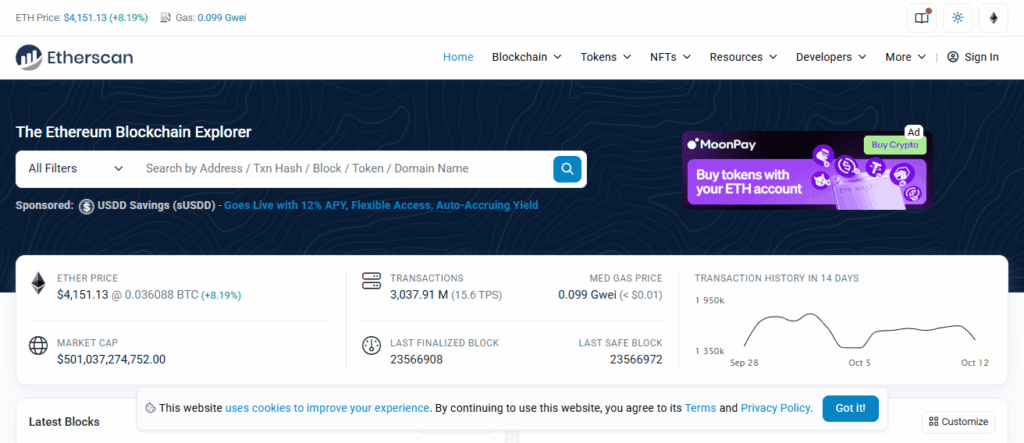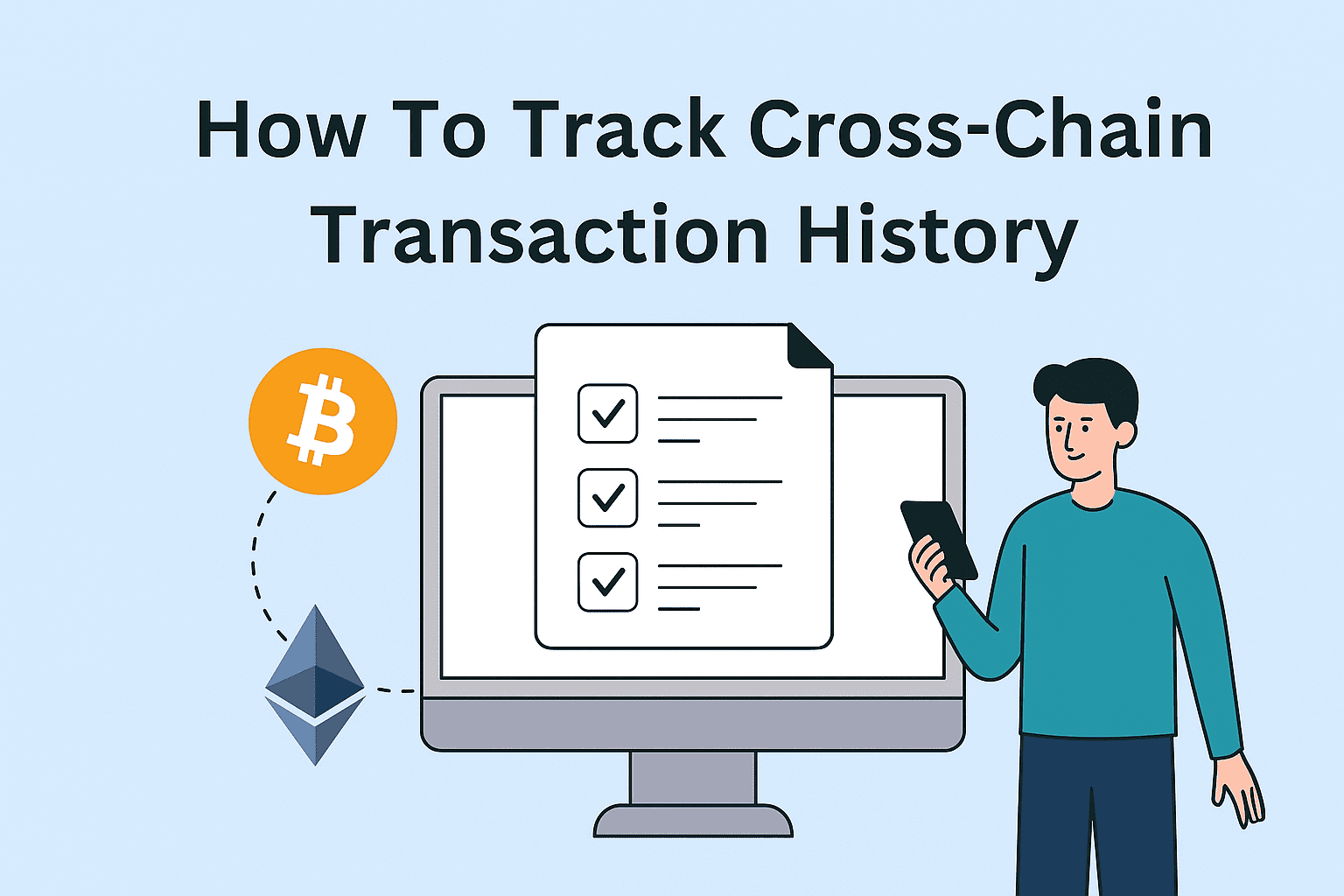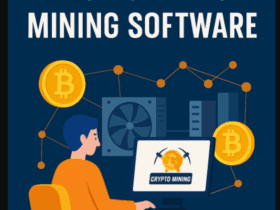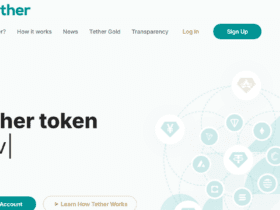In this article, I will explain how to track cross-chain transaction history and highlight its importance to crypto users.
Cross-chain transactions enable the movement of assets between different blockchains, making tracking them rather complicated.
I will explain the most essential tools, techniques, and tips for tracking your transactions to provide transparency and security while managing assets seamlessly across different networks.
What are Cross-Chain Transactions?
Cross-chain transactions involve the transfer of cryptocurrencies or other blockchain network interactions between distinct blockchain networks.
Rather than being limited to single-chain transactions, cross-chain transactions involve moving assets, tokens, or information across multiple blockchains.

An instance of this is moving USDT off the Ethereum blockchain to the Binance Smart Chain. These transactions use bridges, wrapped tokens, or other appropriate protocols to provide security and validation across the source and destination chains.
The cross-chain functionality enables DeFi, NFTs, and multi-chain applications, providing end users with the benefits of different blockchains and interoperability.
How To Track Cross-Chain Transaction History
How to Track Cross-Chain Transaction History on a Platform: Etherscan Example
Get the Transaction Hash (TxID)
After a cross-chain transfer, your wallet will display a transaction ID.
This ID will serve as your main tracking reference.
Inspect the Source Chain on Etherscan
Visit Etherscan.io.

Paste the TxID into the search bar.
Confirm the transaction details: status, timestamp, sender, recipient, and amount.
Determine the Bridge Used
Find out which cross-chain bridge performed the transfer (i.e. Multichain, Wormhole).
Most bridges will give you a unique transaction confirmation page.
Track the Transaction on the Destination Chain
Use the appropriate blockchain explorer for the destination chain (i.e. BscScan for the Binance Smart Chain).
Look up the recipient address, or the bridged token TxID.
Ensure Everything is Completed
Confirm the tokens are present in your wallet.
Make sure there are no pending or failed steps in the bridge dashboard.
Optional: Multi-Chain Dashboard
You can use Debank or Zapper to track and organize cross-chain activity.
Input your wallet address to see your transaction history across multiple chains.
Why Tracking Cross-Chain Transaction History
Accuracy of Transactions: Validates that assets sent through swaps or bridges arrived at the right destination chain and wallet.
Security and Fraud Prevention: Identifies failed, stuck, or dubious transactions before losses occur.
Auditing and Compliance: Essential for personal tracking, accounting, and compliance in crypto projects.
Easier Troubleshooting: Helps users figure out exactly where a transaction has failed—on the source chain, the bridge, or the destination chain.
Multi-Chain Architecture: Helps users track and manage assets on several blockchains from one wallet or dashboard.
Move History Transparency: Offers a trail of movements in DeFi, NFT transfers, or large-scale transactions.
Key Tools for Tracking Cross-Chain Transactions

1. Blockchain Explorers
Etherscan, BscScan, and Polygonscan, the specified Blockchain explorers, enable for the tracking of individual chain transactions.
You can confirm the status of a transaction by using a transaction hash (TxID) or wallet address, and see the time, the sender and receiver addresses, and the coins involved.
To help confirm the initiation or completion of a cross-chain transaction, these tools provide the evidence needed to monitor assets on a single chain.
2. Multi-Chain Explorers
Blockchair, Debank, and Zerion, the specified Multi-Chain explorers, have merged transaction records for several blockchains.
Rather than inspecting each chain individually for transactions, a user can see all activities from a single panel.
These platforms are designed for users who have assets on several networks and wish to avoid the potential of tracking errors by consolidating the sight for the transfers, swaps, and other activities crossing the chains.
3. Wallet Trackers and Portfolio Managers
Wallet trackers and portfolio managers like Zapper, DappRadar, and MetaMask portfolio give a consolidated look at wallet activities and transactions across different chains.
Users can link their wallets for automatic recording of all deposits, withdrawals, swaps, and bridge transfers.
Monitoring activities in real time, performance evaluations, and anomaly detection are brought to the handy for the users.
Simplifying cross-chain tracking makes these tools indispensable for DeFi users and investors. Users can enjoy the platforms without the hassle of checking every blockchain explorer.
Tips for Effective Cross-Chain Tracking

- Always double-check TxIDs and wallet addresses: Always verify transaction IDs and wallet addresses to avoid sending funds to the wrong place.
- Use alerts for transaction confirmations: Set alerts for real-time updates when cross-chain transactions get confirmed or fully completed.
- Maintain a personal log for high-value transactions: Document sizable transfers to maintain a history for tracking and efficient issue resolution.
- Watch out for failed or stuck bridge transactions: Monitor bridge transactions for failures or delays that could negatively affect your assets.
Future of Cross-Chain Tracking
Emerging technologies: Cross-chain indexing protocols, DeFi dashboards
Tools such as cross-chain indexing protocols and sophisticated DeFi dashboards track and consolidate data from different blockchains, streamlining user access, precision, and interoperability.
Potential improvements in real-time cross-chain visibility
Upcoming systems focus on real-time tracking, displaying movement confirmations and tokens instantaneously, tackling delays and cross-border transaction risks for improved decision-making.
Impact on transparency and security in crypto
Comprehensive cross-chain tracking and real-time monitoring fraud increases trust in DeFi and multi-chain frameworks by providing security, transparency, and independent anomaly detection for validation.
Conclusion
In conclusion, having a record of cross-chain transactions provides a level of security, transparency, and asset management.
Block Explorers, multi-chain dashboards, and wallet trackers help users monitor a network of transactions, confirm transactions, and quickly troubleshoot issues.
Documenting TxIDs, alerts, and my own logs makes tracking and the overall management of multi-chain crypto activities so much easier.
FAQ
A transfer of assets or data between different blockchain networks.
To ensure accuracy, security, and transparency of your transfers.
Blockchain explorers, multi-chain dashboards, and wallet trackers.
Your wallet or bridge interface provides it after initiating a transfer.
Yes, using multi-chain explorers like Debank or Blockchair.














